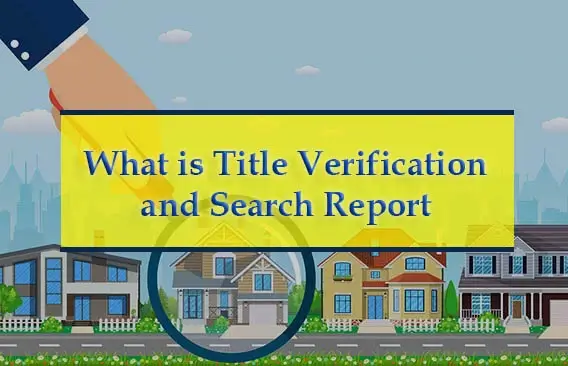In reality, fully understanding a commercial lease requires attention to detail and help from a property broker. Who will be responsible for paying property taxes and insurance — you or the landlord? Who will pay for utilities? Who will cover maintenance expenses? To discover the answers to those important questions, you need to know exactly what kind of commercial lease you are signing.

1. Gross Lease
Gross leases are most common for commercial properties such as offices and retail space. The tenant pays a single, flat amount that includes rent, taxes, utilities, and insurance. The landlord is responsible for paying taxes, utilities, and insurance from the rent fees.
There are two sub-types of gross lease: modified and full service. A modified gross lease allows the landlord and the renter to negotiate which utilities will be covered by each party. For example, in a modified gross lease the renter may pay backup electricity costs, but the landlord is responsible for waste removal. A full-service lease is where a tenant pays a flat fee, and the landlord is responsible for paying all incidental costs out of that rent. Full-service leases are more expensive for the renter but easier to budget.
2. Net Lease
A net lease is the opposite of a gross lease. In a net lease agreement, the renter pays not only a fixed rent to the landlord but also covers all incidental costs. This type of lease is also common for commercial property and is perfect for owners who do not want the hassle of paying incidentals or taking care of the property.
There are three subtypes of net leases: single net leases, double net leases, and triple net leases. This refers to the number of expense categories the renter is covering. The three expense categories are taxes, maintenance, and insurance. A single net lease covers only one of these categories, a double net lease two, and so on. Double and triple net leases are typical for long-term rentals.
3. Percentage Lease
Another commercial lease, the percentage lease involves a fixed rental rate and a percentage of the profits of the business renting the premises. This allows for a lower rental rate, and potentially more money for the landlord if the lessee does well. It also allows the renter to pay less in rent if they are less successful.
Typically, the percentage clause does not begin until the renter reaches a certain revenue level, called the “breakpoint”. This gives the property owner an incentive to provide a good location to do business, whether it’s retail in a busy shopping area or prestigious office space. This type of lease agreement is very common in high end retail spaces.
4. Variable lease
A variable lease is a lease that changes according to certain conditions. There are two subtypes of variable leases: index leases and graduated leases.
An index lease ties the rent amount to an index of some kind. In general, that index is the Consumer Price Index, but it may also be tied to local rental market conditions. For example, a renter in a large urban center may negotiate a yearly rent review based on the average office rent in the city.
In a graduated lease, the rent amount increases according to a pre-determined schedule. For example, a renter may negotiate a yearly increase of 3% to be charged every August. They can also be arranged seasonally. It is common for seasonal and tourist businesses to pay more rent during the high season, and less during the low season.
Credits : Investopedia, Google Search




